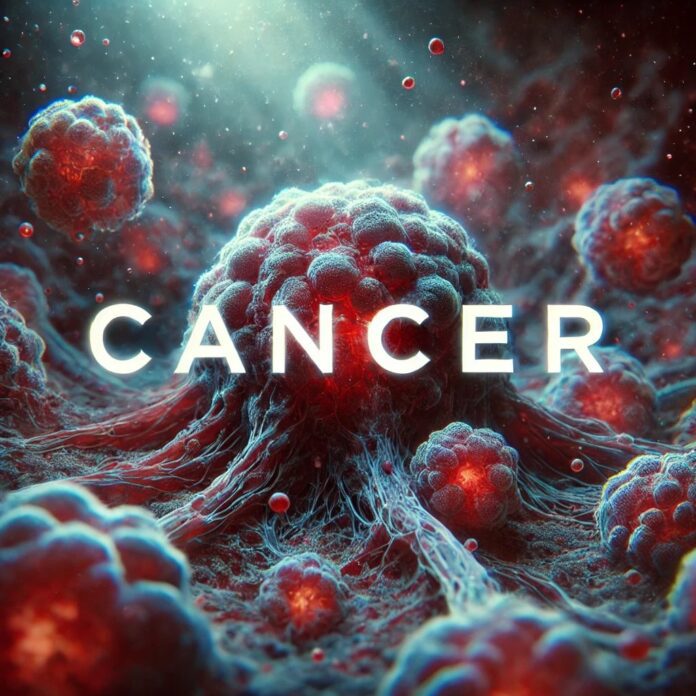Cancer continues to be one of the top causes of mortality globally, accounting for almost 10 million deaths in 2024, or around 1 in every 6 deaths worldwide. The most common cancers include breast, lung, colorectal, and prostate cancers, which collectively represent a considerable segment of the burden of cancer globally.
Understanding Cancer
Cancer defines a cluster of diseases in which the body’s tissues undergo uncontrolled division, resulting in the formation of malignant masses. This abnormal growth may invade nearby tissues and spread to other parts of the body (metastasis). This sequence of events typically has several steps, starting with mutations to the genome that result in the abnormal proliferation of cells. These alterations may arise from genetic factors, alongside other shifts in the surrounding environment.
Main Causes and Risk Elements
There are several causes that can be grouped together as risk factors that can lead to cancer.
- Lifestyle choices: Usage of tobacco, poor diets, excessive alcohol intake, and lack of physical exercise.
- Environmental Factors: Pollution, exposure to radiation, and industrial workplace dangers.
- Infectious Agents: Some infections such as those caused by HPV and the hepatitis viruses boost the chances of developing certain cancers, especially cervical and liver cancer.
- Age and Genomics: The elderly suffer a greater risk due to having built up age-related genetic mutations.
Prevention and Early Detection
Cancer is a horrible affliction to contract and living a healthy life truly helps a person mitigate their risks. With strides taken towards prevention, we can work towards alleviating the severity of this affliction, as 30-50% of cancer cases can be avoided with a more robust approach towards protecting oneself.
Common preventative measures include:
- Eliminating tobacco use and managing alcohol intake
- Creating and maintaining a balanced dietary plan focused on vegetables and fruits
- Regular exercise and bodily physicals
- Vaccination for HPV and hepatitis B
- Using the proper safety measures against carcinogens
As stated earlier, early detection leads to a positive result for almost any mitigation strategy and screening procedures such as mammography for breast cancer and HPV for cervical cancer screening have played a huge role in decreasing death rates. Educating the public enables easier access to health resources, which is crucial in aiding early-stage patients.
Treatment and Care
The treatment of cancer is always tailored to the patient depending on the type and stage of the disease. Typical treatments include:
- Removing the tumor via surgery
- Aided recovery through radiotherapy for targeted cancer cells
- Killing the malignant cells with chemotherapy and targeted therapy
We must not shelve the treatment and care branches of palliative therapy that have become vital in improving one’s quality of life during the later stages of cancer. Access to pain relief and mental health support must be included in the triage of services offered.







